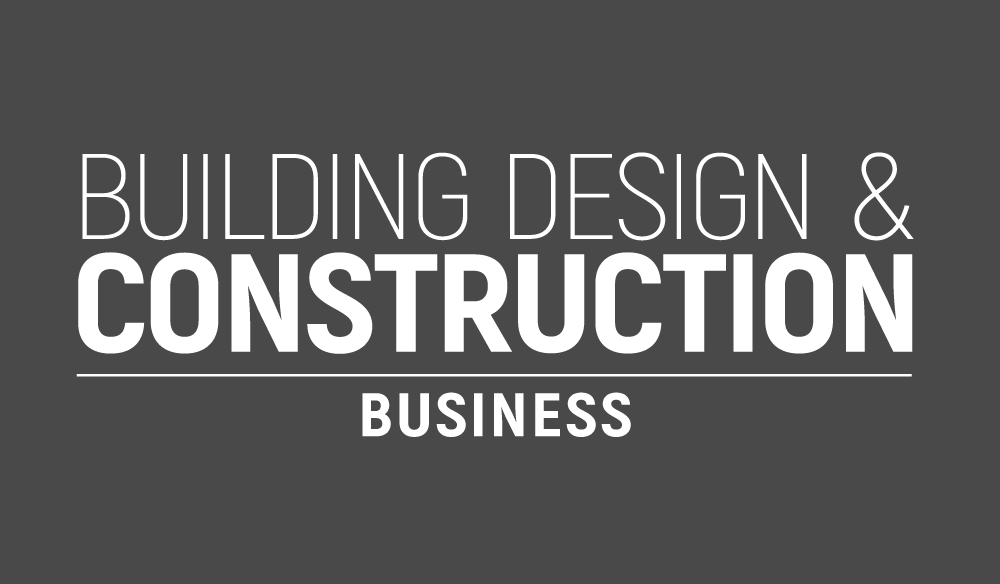The entertainment sector is no longer limited to cinemas, bowling alleys, or concert venues. Today, it’s a rapidly evolving landscape shaped by digital streaming, esports, virtual events, and on-demand experiences. These shifts have pushed developers and construction firms to adapt building strategies to meet the expectations of a tech-driven audience. From flexible layouts and modular structures to acoustic precision and bandwidth integration, the construction trends emerging in this space reflect how entertainment itself is being redefined. Digital-First Audiences Are Changing the Blueprint Developers are now designing for a generation that expects content to be interactive, immersive, and always available, whether onsite or online. This shift has made entertainment venues far more versatile, blending physical and digital features within the same space. Large screens, integrated lighting systems, and live-streaming zones are now standard, especially in venues that serve dual purposes. For example, a gaming arena might host esports during the day and casual tournaments at night, with dedicated zones for online spectators. In many cases, inspiration comes from traditional casinos, known for their control over lighting, layout, and customer flow. These principles are influencing everything from lounge designs to branded digital event rooms. Some developers are even taking cues from the interface and audience experience of a casino without verification procedures when designing digital-first entertainment areas. These platforms offer enhanced anonymity, hassle-free signups, and the ability to skip lengthy KYC procedures, letting users dive into thousands of games instantly. Fast payouts and exciting bonuses like welcome rewards, cashback, and free bets keep engagement high. While not building casinos themselves, architects and planners are learning from this model to create more immersive, frictionless spaces that blend online and in-person experiences. Modular and Adaptive Spaces Are Leading the Way One of the biggest trends in entertainment construction is flexibility. Traditional venues with fixed layouts are being replaced, or reimagined, with modular designs that accommodate rotating event types. Pop-up stages, retractable seating, and reconfigurable lighting setups are becoming standard in new builds. Developers now look for ways to construct “entertainment shells,” spaces that can host anything from live music to VR tournaments with minimal structural change. This approach is especially relevant in the rise of hybrid leisure spaces: coworking by day, gaming lounges by night. Whether it’s a live-streaming pod, a podcast studio, or a casual event space, modular design ensures long-term value without the cost of constant renovation. Acoustic and Sensory Design Take Centre Stage As entertainment shifts from passive watching to immersive participation, sound and sensory control have become priorities. Acoustic panelling, soundproofing, and directional audio systems are now part of early-stage planning, not post-construction fixes. This is especially crucial in esports venues, VR arenas, or interactive experience centres where the soundscape is part of the show. Materials matter, too. Contractors are integrating acoustic-friendly and soundproof materials into walls, ceilings, and floors, helping operators balance loud engagement zones with quieter social areas. Lighting systems that adapt in real time to gameplay, music, or visual content are being embedded in the architecture itself. Tech Infrastructure Is Built In, Not Added On Wi-Fi and fibre aren’t optional anymore. Venues designed for entertainment, especially digital-first entertainment, require serious backend infrastructure. Construction firms are now coordinating with IT consultants early in the build to map out data flows, server space, ventilation for streaming gear, and flexible power configurations. Online content creation is also influencing spatial design. Even small venues might need dedicated spaces for livestreams, branded content shoots, or online fan interaction. This includes consideration for green screens, adjustable lighting, and sound-treated recording nooks. Sustainability Remains on the Agenda Entertainment venues, despite being high-energy by design, aren’t off the hook when it comes to sustainability. New builds are being pushed to meet net-zero standards, with LED lighting, motion-triggered utilities, smart HVAC systems, and rooftop solar now more common across larger entertainment sites. Sustainability isn’t just about energy, though. Recyclable building materials, green roofing, and low-carbon supply chains are now being worked into tenders. Many venue operators see eco-friendliness as part of their brand image, which means it’s influencing how buildings are designed and marketed from day one. Conclusion As entertainment continues to blend real-world and digital experiences, construction will follow suit. The buildings rising today aren’t just places to gather, they’re platforms built to perform, interact, and evolve with the audiences they serve.














